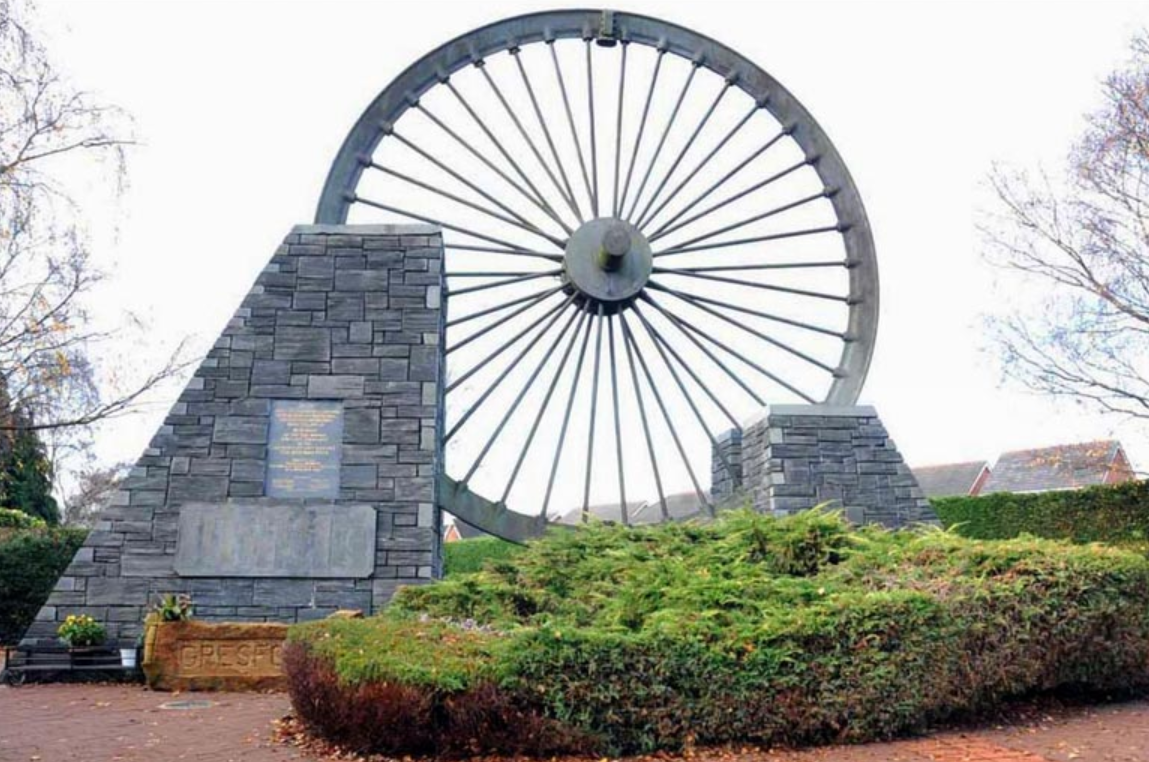The Weekly Reflektion 21/2024
A focus on one aspect of any industry can lead to a lack of focus on other things, just as important. We often strive for breaking records, but we must not lose sight of the bigger picture.

Memorial to the Gresford Disaster erected in 1982
Do you strive for records without considering the possible consequences?
An explosion and fire at the Gresford colliery near Wrexham in North Wales on 22 September 1934 killed 266 miners and rescuers and was one of the factors that led to the nationalization of the coal industry in 1947. The ‘Dennis’ coal seam was one of three coal seams being mined at Gresfordand consisted of soft industrial coal which was extremely dry and gassy. The mine was therefore prone to coalbed methane pockets that could accumulate and the consequent risk of ignition.
A total of six miners escaped from the initial explosion which caused roof falls and a fire. A party of four rescuers were sent to evaluate the status in the mine with breathing apparatus, but three of these died in the attempt. The fire and the buildup of carbon monoxide made it too dangerous to attempt any further rescue. A total of 11 bodies were recovered, leaving 255 men still in the mine. Six months after the fire, the ‘Dennis’ seam was sealed off so no further attempts at recovering any bodies were possible.
At the inquest, the owners of the mine, the Dennis family were criticized for proritising maximum production over safety. The pit manager, William Bosnall, was not a trained mining engineer and for the previous two years he had not received any technical guidance on the mine operation. The technical position had not been filled following the departure of the previous incumbent. Bosnall was under pressure from the owners to increase profitability. Poor conditions in the mine were criticized with one of the points being poor ventilation. The ventilation system was being upgraded but work had stopped just before the disaster. The main return airway from the mine was a 4’ x 4’ shaft, totally inadequate for effective ventilation. Due to lack of evidence from the explosion and fire site, the inquest was not conclusive on the causes of the accumulation of explosive gas, and the ignition source. There were several theories regarding the ignition source. Some of the coal cutting machines and conveyors were certified flameproof but others of another design were not certified. The magneto telephones installed in the mine were neither intrinsically safe nor in flameproof casings.
Later in 1937, legal proceedings were started in Wrexham’s petty sessions court against the pit manager, and the owners of the mine. Poor working practices were identified including the inadequate measurement and logging of the methane content in the mine. It was discovered that Bonsall had after the accident instructed an assistant surveyorto falsify records of ventilation measurements during several weeks when none had actually been taken. After the inquest he was convicted of falsification of records required in the Coal Mines Regulation Act. For this, he was fined £150. However, the court dismissed most of the charges against the owners without them ever being called to give evidence.
Focusing on maximizing production while neglecting safety issues usually results in incidents, sometimes with tragic consequences as the Gresford disaster.
